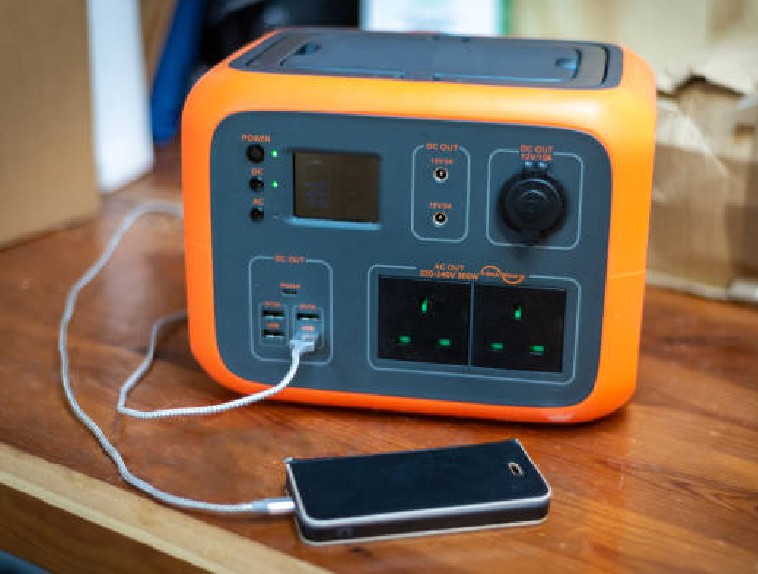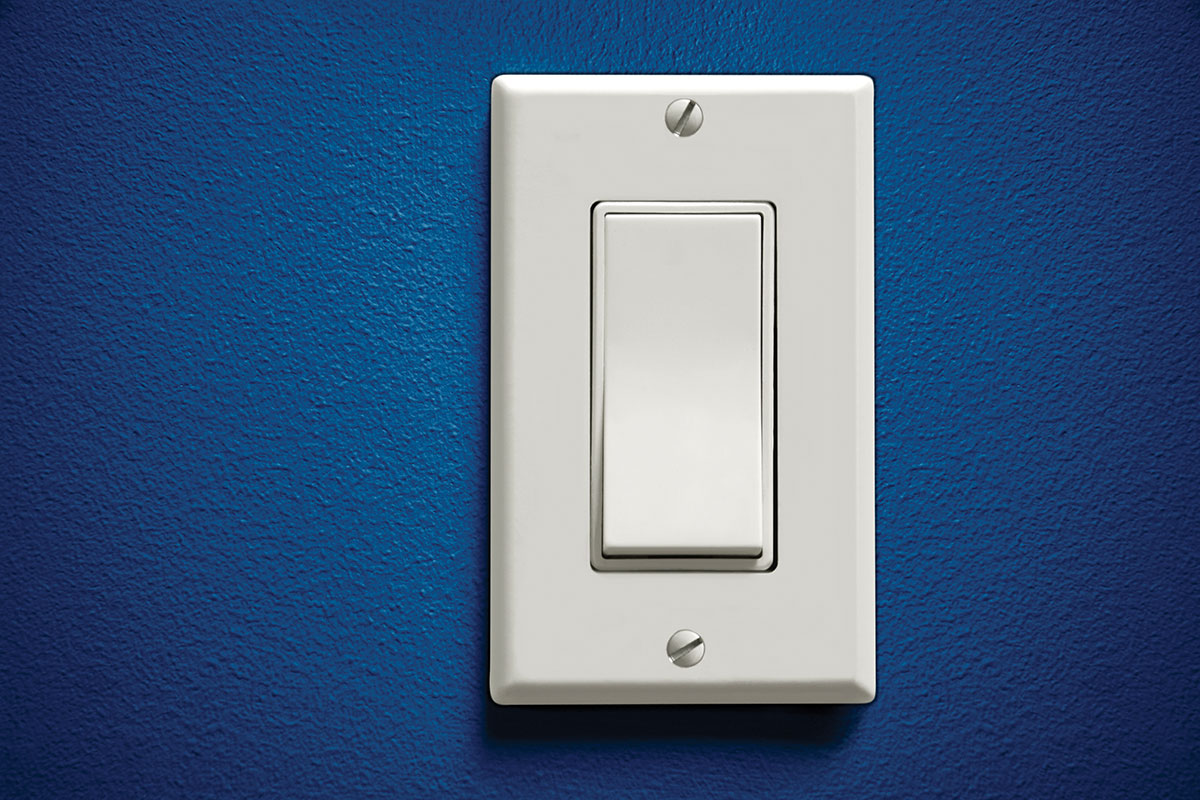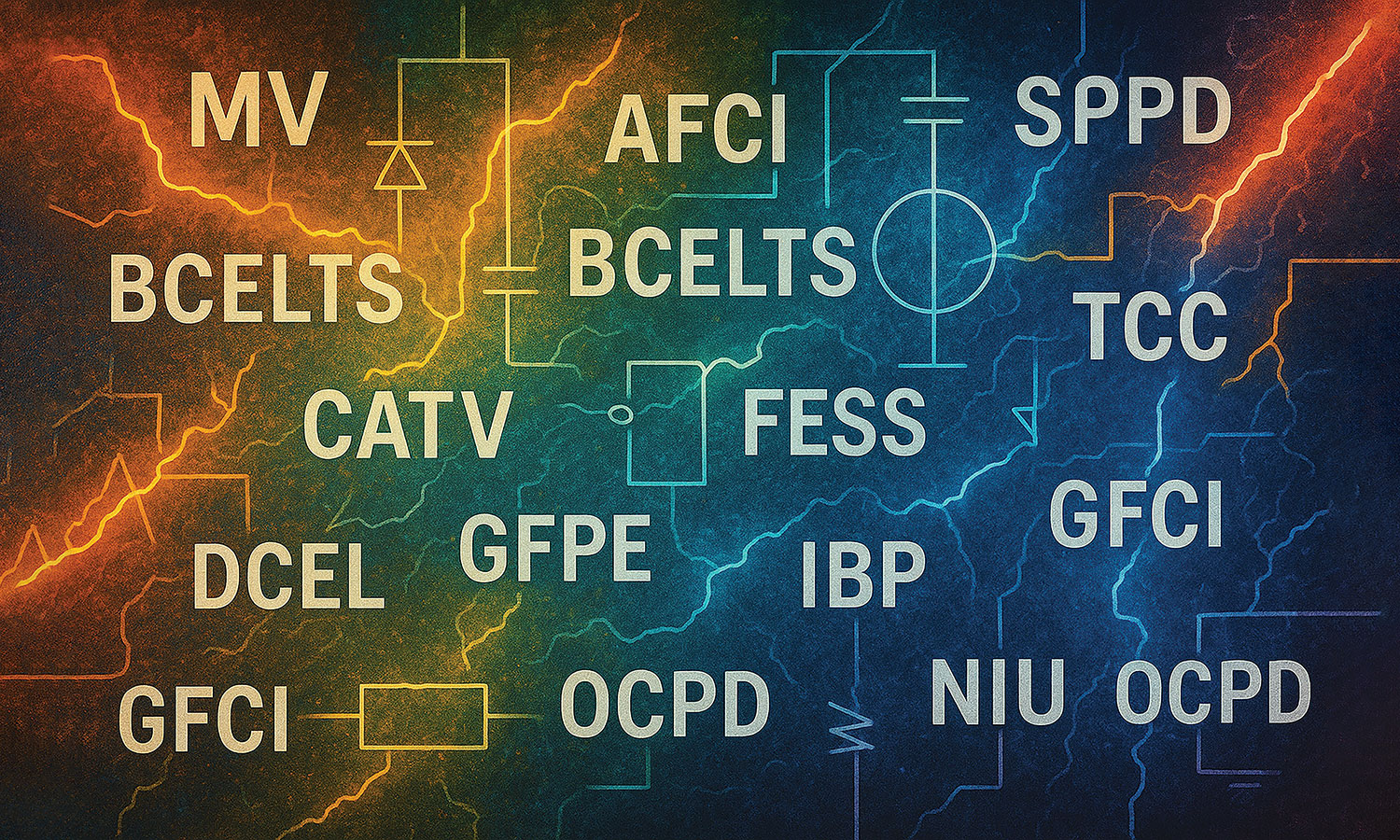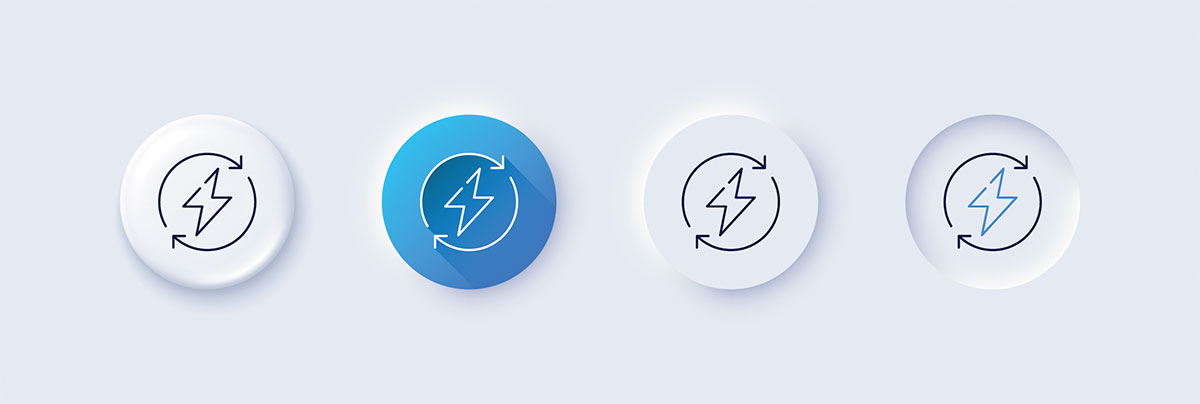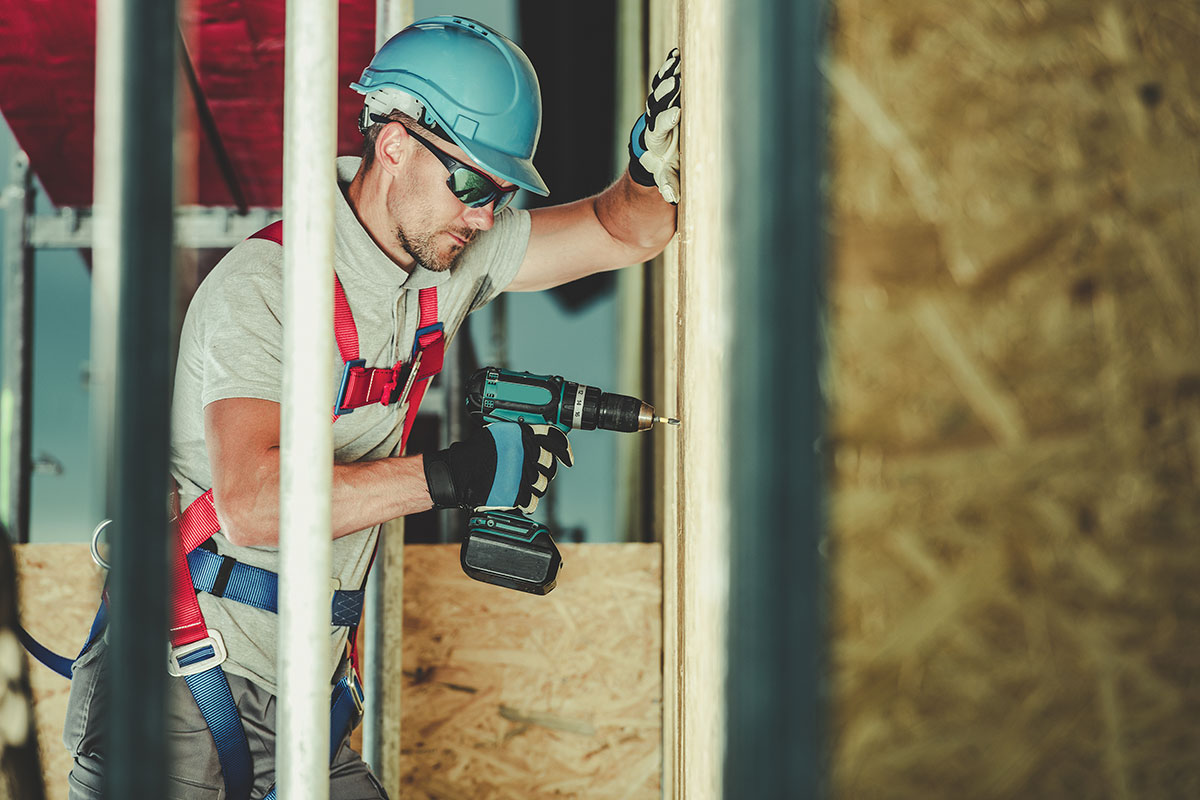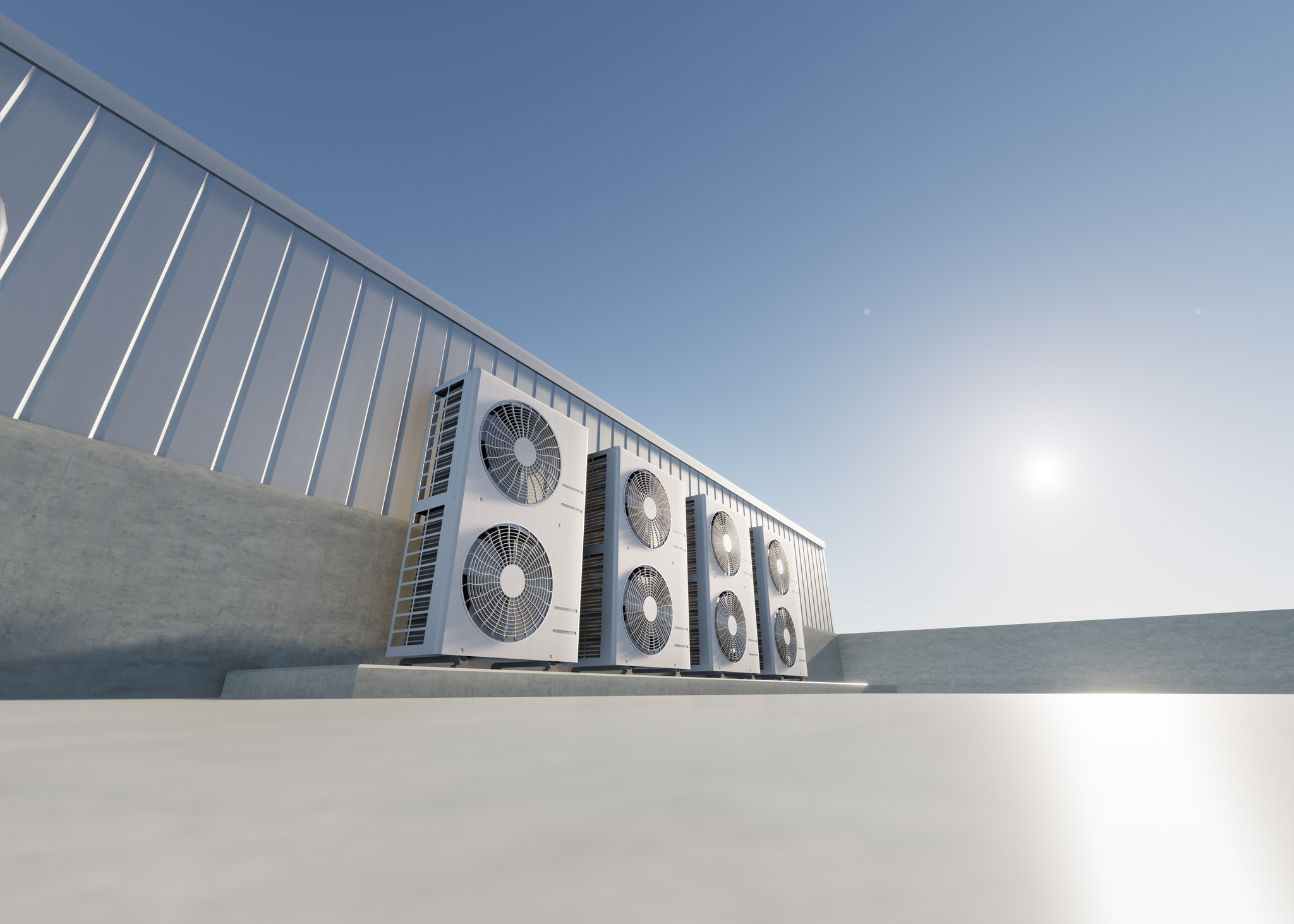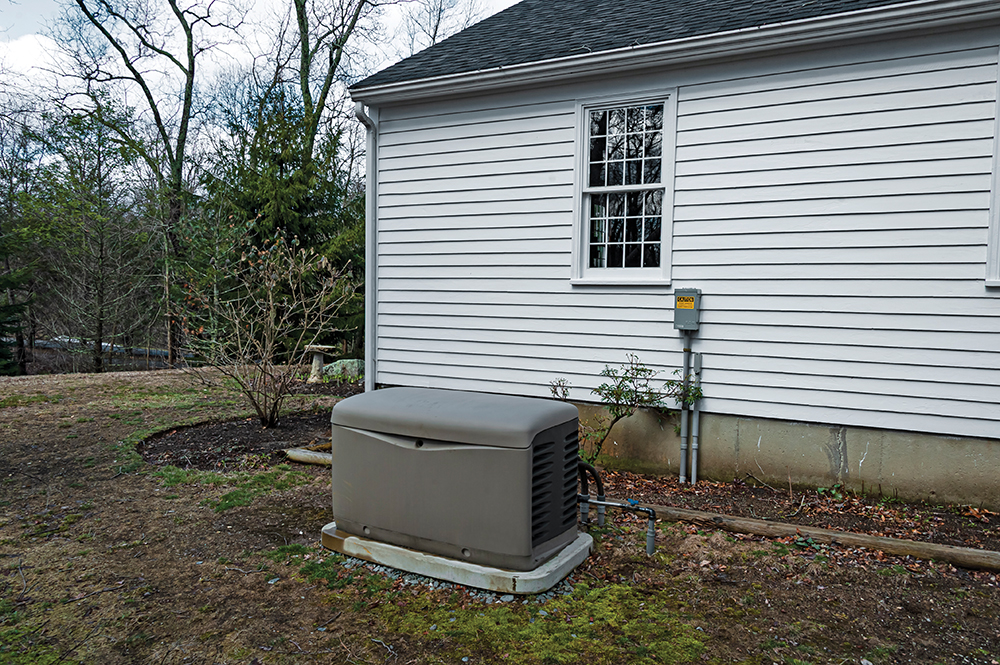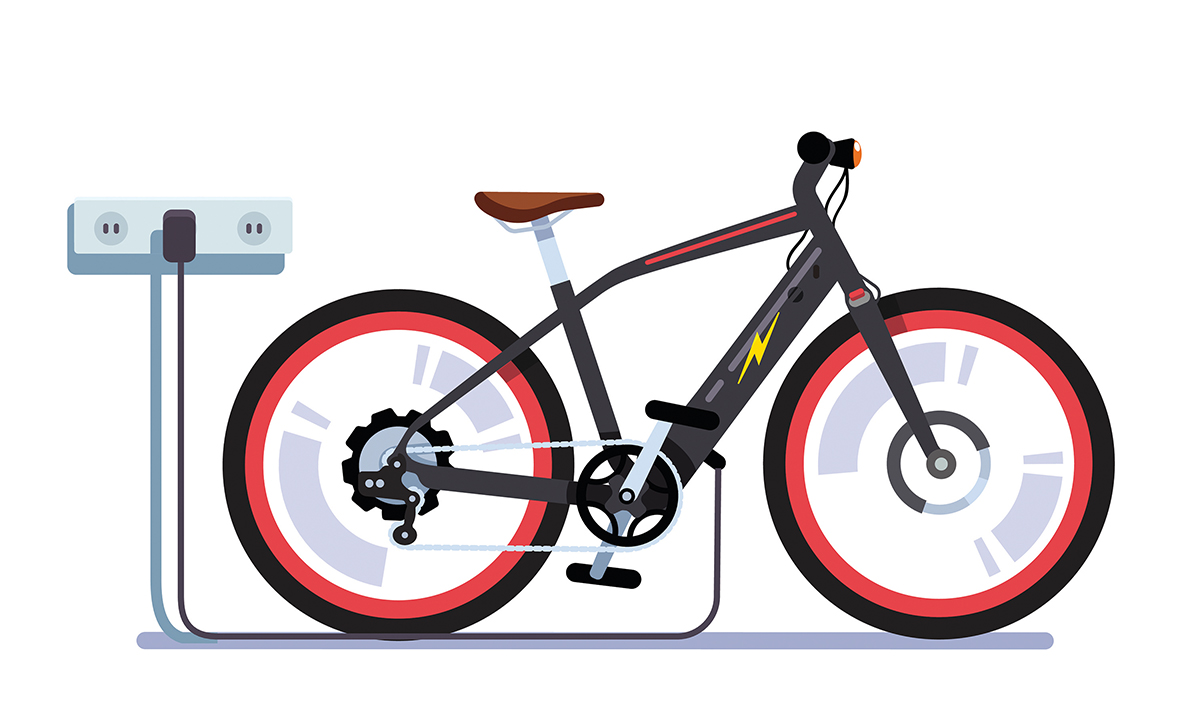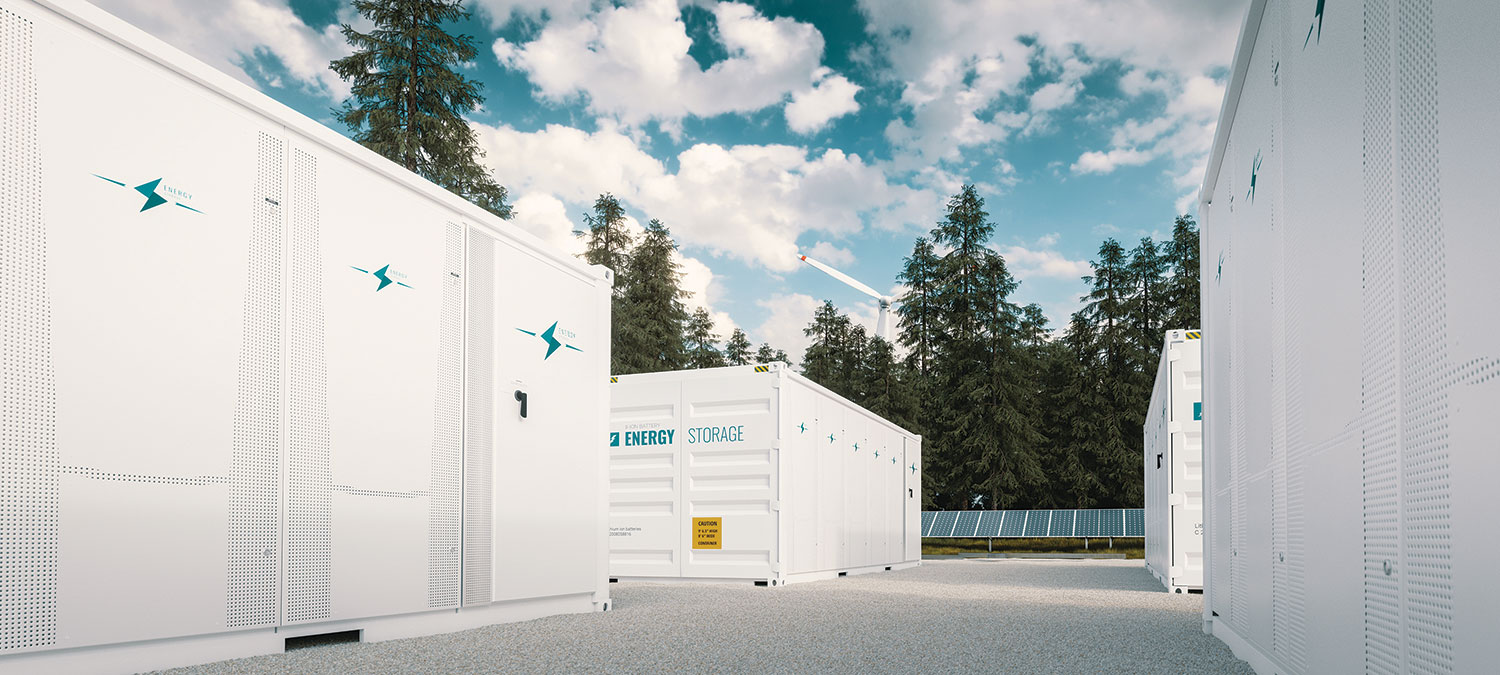With the upcoming 2026 edition, significant changes are expected to impact electrical inspectors, installers and manufacturers alike.
Transforming Commercial Spaces: The Evolution of High-Performance Buildings for a Sustainable Future
Adhering to these cybersecurity standards helps to ensure protection of the devices themselves, the data they handle, and the broader network.
IEC/UL/CSA 62841 is the international standard series that addresses the safety of electric, motor-operated, or magnetically driven tools.
By actively promoting generator safety and reliability, electrical inspectors contribute to the protection of personnel, prevention of accidents, and the uninterrupted functioning of critical systems.
By adhering to UL 60335-2-89, the refrigeration industry can effectively balance the dual objectives of environmental sustainability and safety.
E-bikes rely on lithium-ion batteries as their power source, however, when stored improperly or charged incorrectly, they pose a fire hazard.
ESS systems receive electric energy, store the energy in some form, and then provide electrical energy to loads or power conversion equipment when needed.


